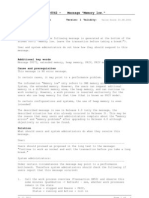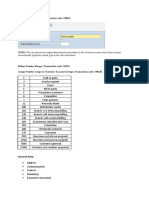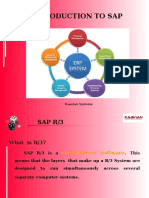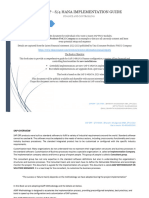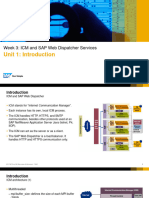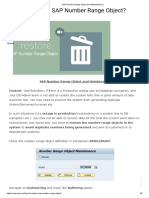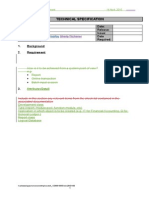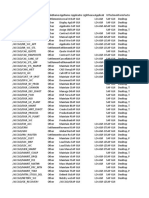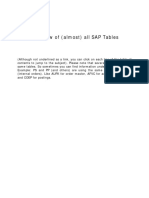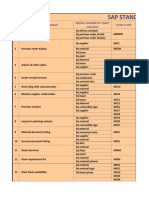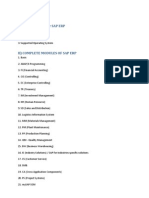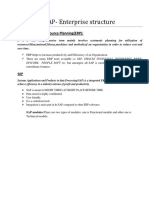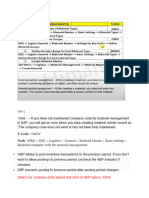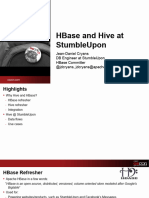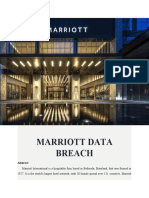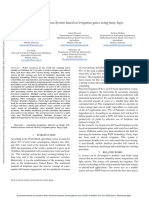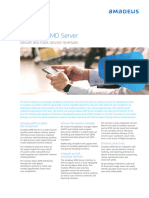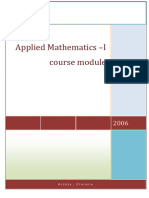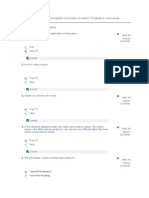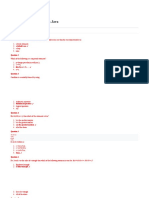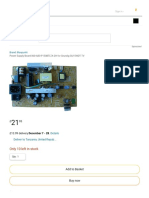0% found this document useful (0 votes)
308 views10 pagesSAP EHP7 Number Range Configuration
The document discusses number ranges in SAP, which assign unique IDs to master data objects. It provides examples of number range types (internal and external) and demonstrates how to create a new internal number range group for equipment categories in the plant maintenance module. Configuration steps include defining the number range, assigning categories to the group, and setting relevant options in customizing.
Uploaded by
kiran reddyCopyright
© © All Rights Reserved
We take content rights seriously. If you suspect this is your content, claim it here.
Available Formats
Download as DOCX, PDF, TXT or read online on Scribd
0% found this document useful (0 votes)
308 views10 pagesSAP EHP7 Number Range Configuration
The document discusses number ranges in SAP, which assign unique IDs to master data objects. It provides examples of number range types (internal and external) and demonstrates how to create a new internal number range group for equipment categories in the plant maintenance module. Configuration steps include defining the number range, assigning categories to the group, and setting relevant options in customizing.
Uploaded by
kiran reddyCopyright
© © All Rights Reserved
We take content rights seriously. If you suspect this is your content, claim it here.
Available Formats
Download as DOCX, PDF, TXT or read online on Scribd
/ 10






